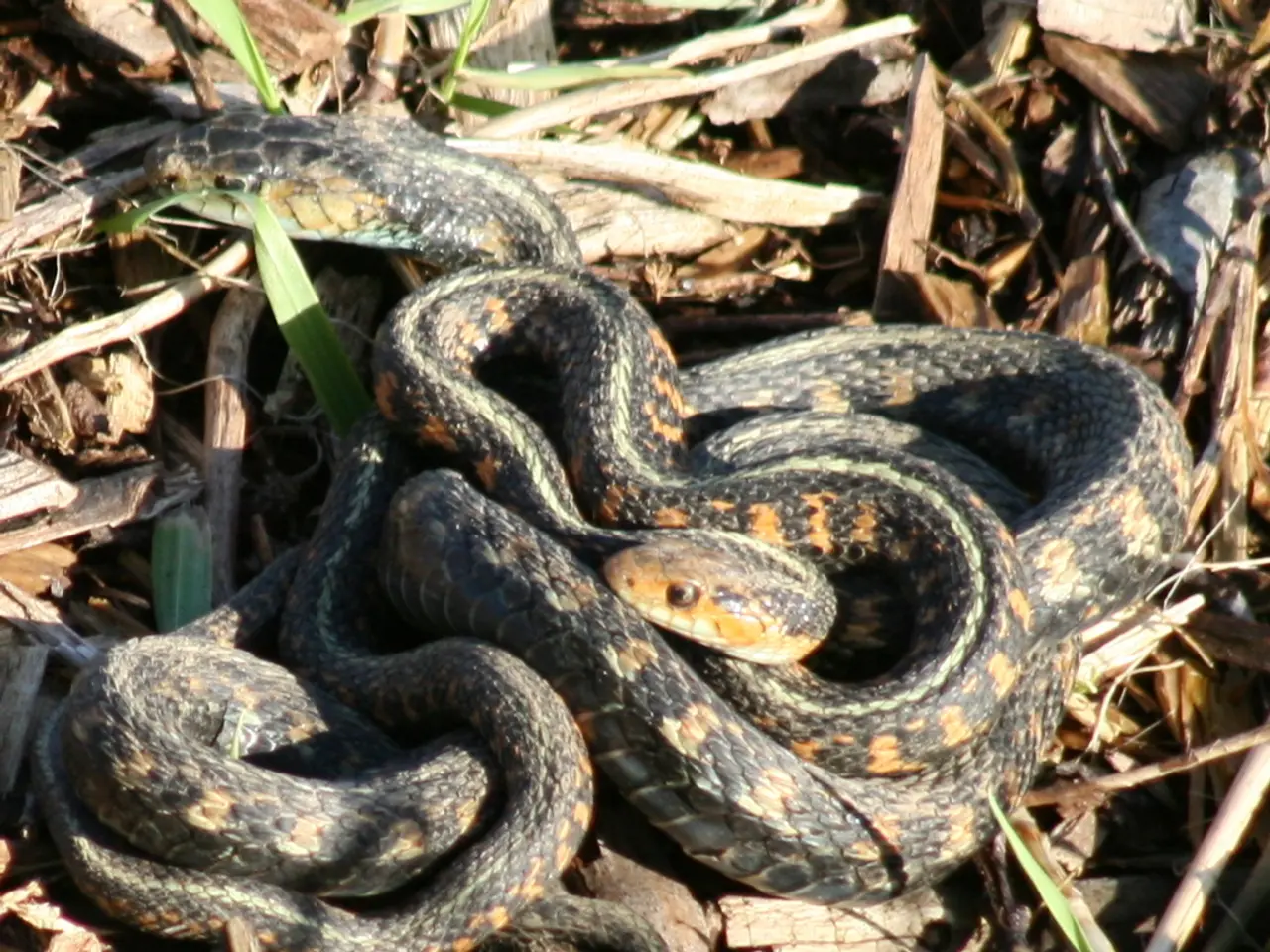Scientists combat invasive pythons in the Everglades by using robotic rabbits as a solution.
In the ongoing fight against the invasive Burmese python population in South Florida, scientists have turned to an unexpected ally: robotic rabbits. These high-tech decoys, equipped with motors, heaters, and solar panels, are designed to mimic the movement, heat signature, and scent of real marsh rabbits, attracting the elusive snakes and aiding researchers in their capture.
The use of robotic rabbits represents a significant advancement in controlling the Burmese python population, as traditional removal methods often struggle with detecting the snakes hidden in the thick vegetation of the Everglades. Earlier attempts using live caged rabbits were resource-intensive and ethically fraught, leading to the development of mechanical decoys.
The latest strategies for controlling these invasive species include the Florida Python Elimination Program, the Florida Python Challenge, and coordinated actions by the Florida Fish and Wildlife Conservation Commission. These efforts focus on humane and effective removal of Burmese pythons from the wild to protect native wildlife.
One creative strategy employed in Florida is the use of "scout snakes" - captured male pythons fitted with GPS trackers and released into the wild to lead researchers to breeding females. Another strategy uses near-infrared cameras and environmental DNA sampling to detect python presence in water or soil.
The robotic rabbit used in the study, known as a "robo-bunny," is gutted of its stuffing and wired with motors, heaters, solar panels, and motion sensors. A motion-sensor camera is attached to each robo-bunny to alert researchers when a snake slithers near. The researchers are prepared to perfume the robots with actual rabbit scent in the next phase of testing if the snakes do not take the bait.
Despite Florida's aggressive measures, including a 10-day public python hunt called the Python Challenge, the Burmese pythons remain stubbornly difficult to find. These snakes arrived in Florida through the exotic pet trade and have formed a self-sustaining breeding population. Between 2003 and 2011, mammal populations in snake-infested areas of the Everglades significantly decreased, with raccoons dropping by 99 percent, bobcats by 88 percent, and marsh rabbits disappearing entirely.
The robo-bunnies have been deployed in rabbit pens across South Florida, but their exact locations have not been disclosed. Robert McCleery, the lead scientist on the project to use the "robo-bunnies" as a solution to the invasive Burmese python problem in South Florida, expects to have results by November. Mike Kirkland, a senior invasive animal biologist at the South Florida Water Management District, stated that twenty years ago, the Everglades would have been teeming with wildlife, but now it is difficult to find any deer, possum, or squirrel.
The battle against the Burmese python population in Florida continues, with the innovative use of robotic rabbits marking a significant step forward in the fight to protect native wildlife.
[1] Florida Python Challenge: https://myfwc.com/wildlifehabitats/prog/everglades/python-challenge/ [2] University of Florida: https://news.ufl.edu/articles/2021/05/robotic-rabbits-to-help-control-invasive-burmese-pythons-in-the-everglades.php [3] South Florida Water Management District: https://www.sfwmd.gov/news-events/press-releases/2021/sfwmd-partners-with-university-of-florida-to-deploy-robotic-rabbits-to-help-control-invasive-burmese-pythons [4] National Geographic: https://www.nationalgeographic.com/animals/article/robotic-rabbits-help-florida-fight-invasive-burmese-pythons
- The use of robotic rabbits, or "robo-bunnies," in South Florida's fight against the invasive Burmese python population signifies a notable progression in research and technology, reflecting the interplay between science, robotics, and environmental science.
- The Florida Python Elimination Program, the Florida Python Challenge, and coordinated actions by the Florida Fish and Wildlife Conservation Commission are part of a broader strategy in environmental science, aiming to protect native wildlife from the adverse impacts of the Burmese pythons.
- The innovative deployment of robotic rabbits is not only a testament to advancements in tech and wildlife welfare but also aligns with the pursuit of health-and-wellness and fitness-and-exercise, as their successful implementation could prevent species extinction and maintain a balanced ecosystem.
- In the future, robotics, technology, and environmental science could collaborate to develop more creative solutions for controlling invasive species and ensuring the well-being of various wildlife populations, like the integrated use of gadgets, near-infrared cameras, and environmental DNA sampling demonstrated in combating Burmese pythons.
- Climate change continues to pose significant threats to both the environment and wildlife, making it essential for environmental-science research, technology, and health-and-wellness initiatives to work together to preserve native species and maintain biodiversity in ecosystems.
- The incorporation of robotics and technology in wildlife conservation efforts represents a powerful alliance between science, environmental preservation, health-and-wellness, and fitness-and-exercise, potentially leading to a more sustainable future for our planet's wildlife and ecosystems.
- Successful outcomes from the use of robotic rabbits in controlling the Burmese python population could inspire further application of robotics and technology in tackling other environmental challenges, such as mitigating the impact of plastic waste on marine life or protecting endangered species against poaching.




